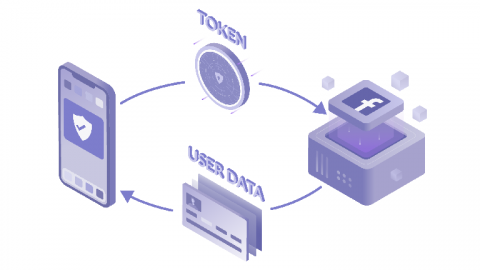Web application penetration testing: maximising value through effective scoping
This blog from senior security consultant Jed Kafetz runs through the key information Redscan requires to scope, plan and price a web application penetration test to ensure it delivers the best outcomes and value for money. When reaching out to us for a quotation, providing the most complete and accurate information possible will not only guarantee a quick turnaround time, but will also ensure that we are not under or over scoping the engagement.










